As readers of my other blog are aware, I’ve now finished all the Rock Band 3 songs on medium pro guitar. Which has been a fascinating experience, because while I’m not actually playing music yet, I’m getting close enough that I can see the music just a little ways away!
On easy, I was playing single notes; in chord sections, I had almost no context, and in solo sections I was missing the vast vast majority of the notes. On medium, the solo sections still aren’t particularly satisfying, but the chord sections have much more substance to them: in fact, on songs that have G, D, and C chords, you’re expected to play the full chords. (And it helped that the small amount of guitar learning that I’d done a couple of decades ago left me with some slight familiarity with those chords.) Of course, most of the songs on the disc are instead full of A and E chord shapes (typically barred), and there the game only has you play the two lowest strings of the chord; still, that’s enough to at least reinforce the fact that you’re not playing standalone notes, that chord progressions underpin the notes that you’re playing.
And the chords (and notes) come faster in medium than in easy, enough so that they took a bit of time to learn: once I got past the very easiest pieces, I went through training mode on every song, and I’m glad I did. My left hand had to shift more quickly and over longer distances than I was comfortable with, and even two-note chords required me to be surer in my transitions than the “move your hand and then correct” style that easy allowed me to use. Of course, my hand was generally in an unrealistic shape, because I didn’t try to pretend to play barre chords, and I may end up regretting that a little bit; though even there on some songs I actually found it easier to use a barre chord shape than to hit the two notes precisely.
I’m curious how many other people playing the game are taking my approach of going through everything on medium, versus the approach of focusing on individual songs and learning how to play them on hard (or even expert?) before moving on. I’m (barely) in the top 2% of pro guitar players in terms of total score, which I find ludicrous, and which I assume means that my approach of going through everything on medium isn’t very popular. (I also assume it means that I’m simply putting in more time, though I would imagine the price of the controller selects for people who at least intend to put in some amount of effort?) And if other people are focusing on individual songs to the extent that they actually sound decent playing those songs, more power to them: I’m looking forward to reaching that level myself, but I’m certainly not there yet.
But I’m not having second thoughts about my approach, either. I found the micro goals that playing on medium gives me to be very compelling: I’m not diving head-first into the game or anything, but I’ve put in three or four hours on pro guitar pretty much every weekend since I finished pro keys, and there’s something pleasant about spending twenty minutes with a song (involving training and a couple of playthroughs), feeling that I’ve had to deal with some challenges while doing so, and then moving on to another song. And I have absolutely no question that I’ve learned something over the last couple of months: my hands are much better at leaping between frets and strings than they were when I started this project, so while I’ve got a huge amount of work ahead of me, I don’t want to discount the progress that I’ve made it so far.
Having said that, I’m also very glad that I’m done with medium and about to hit hard, because my best guess is that this is where the game starts to get a whole lot more musical, in the sense that if I were to memorize the songs and play them without the game on, I would be recognizable as actually playing the songs in question. That’s just a guess, though: I haven’t played any songs on hard yet, all I’ve done is dipped into the barre chord lessons, made it through the first few with some difficulty (and some pain!), and ended up with a fair number of questions. (Fortunately, my twitter feed is blessed with a wealth of people named Dan who give great advice!) Because of the difficulties that I had there (including difficulties telling when I was holding down the strings firmly enough), I’ve actually put in a bit of guitar time every evening this week outside of game, with the controller unplugged and unmuted; the fact alone that I’m doing that makes me happy, and it seems to be paying off a bit.
We’ll see how much progress I’ll make this weekend; it would be nice if I could make it through all the barre chord lessons, though I imagine that (unlike all previous lessons in the game) I’ll end up returning to those even after I’ve passed them, in order to get to where I can pass them reliably. And I’ll probably dip into a real song once I’ve done that, though I’ll also give the rest of the hard level lessons a try; who knows what my progression pattern will be like when trying the hard songs. (I certainly don’t have confidence that I’ll be able to make it through all the songs on hard without more work than I’m willing to put in, but who knows.)
And I’m also going to try to actually learn some of the songs. I’m planning to buy a (cheap) amp, so I can hear better what I sound like; any recommendations? My neighbor gives guitar lessons, so I may see if I can sign up for a few one-off sessions with her as well. (Which I imagine will lead to some odd conversations: no, I don’t want to go through your standard lesson plan, I just want focused advice to answer questions X, Y, and Z that I can’t figure out the answer to when playing Rock Band!)
Great game, and to me it looks like a great teaching device. It’s giving me a lot of appreciation for the power of game mechanics in that context: having a set of focused challenges with a game infrastructure (including amplifying your actions to make it feel like you’re doing something much more impressive than you actually are) is working very well for me.
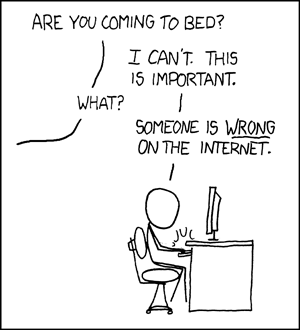
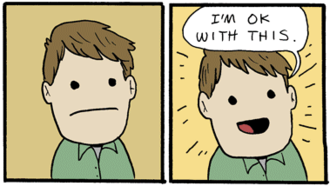





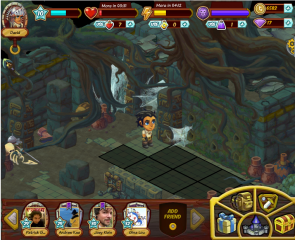



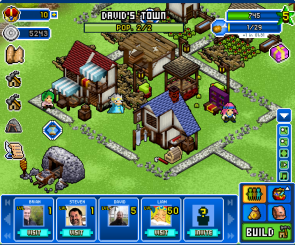

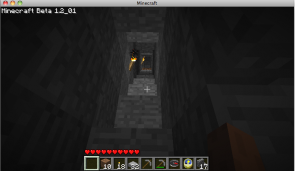
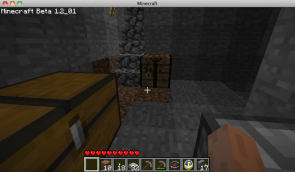

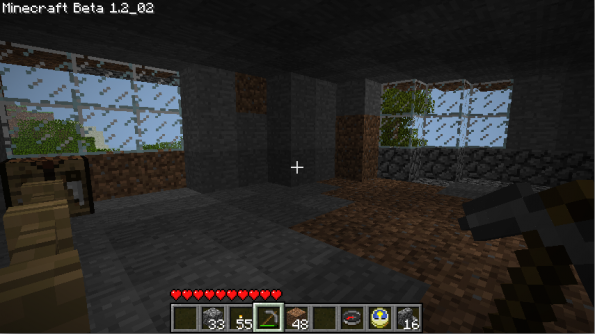




 Posts
Posts